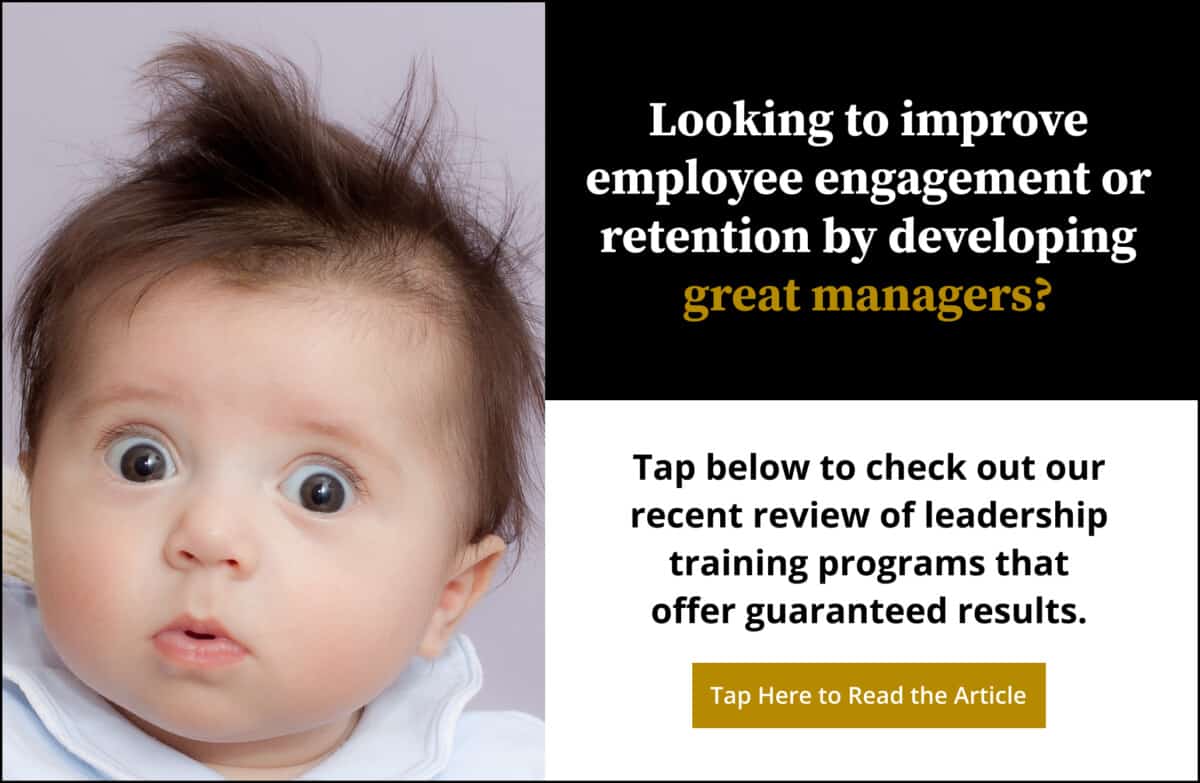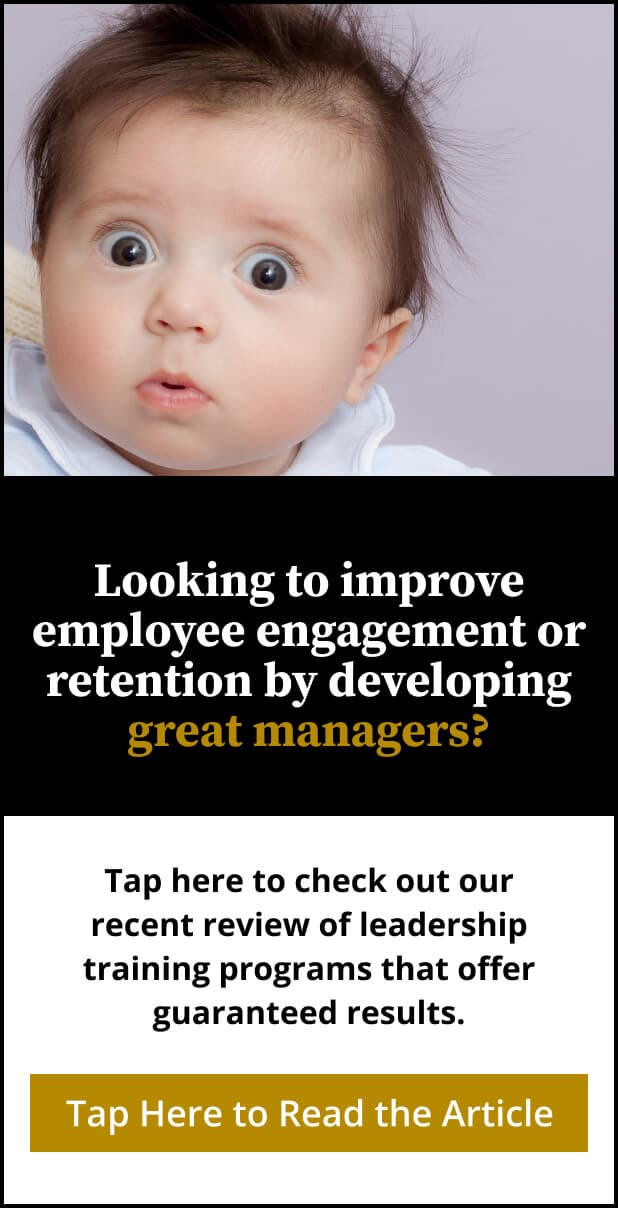Share:

One of the most challenging aspects of maintaining a high level of retention is keeping employees motivated.
Motivation is essential to building employee engagement, but keeping employees engaged comes with its own set of challenges that are difficult to address. The Gallup reports on engagement in the workplace show us just how poorly we are addressing this challenge.
Factor in the effects of the Great Resignation and quiet quitting, and it’s clear that the struggle to retain engaged employees will continue unless we develop better strategies to improve the employee experience.
Perhaps, to address this problem effectively, it’s time for us to revisit the topic of motivation to determine if we really understand what motivates our employees to engage with their work and what motivates them to search for better opportunities.
But how exactly does motivation relate to employee retention?
Motivation is related to employee retention because it drives an employee’s success and plays a vital role in employee engagement and employee satisfaction. Leaders use strategies that boost motivation, resulting in employees that are more invested in their jobs and more loyal to their organizations.
There are two types of motivation: intrinsic and extrinsic. While compensation, an extrinsic motivator, has always played a prominent role in retention, intangible motivators and rewards are becoming more important to today’s job seeker.
Both kinds of motivation are essential for employee retention. In this article, we will examine the extrinsic and intrinsic motivators that drive engagement and help retention and explore ways to harness the power of motivation in your organization.


Extrinsic Motivation
Extrinsic motivation is motivation to participate in an activity based on meeting an external goal, earning praise or approval, winning a contest or competition, or receiving an award or payment.
People, no matter how much they love their jobs, are still motivated to a certain extent by money, an extrinsic motivator. A disengaged employee can still be motivated to show up to work for the paycheck.
Compensation is important for employee retention because it helps companies avoid the high costs associated with turnover. Competitive compensation packages also help organizations attract and keep top talent and can lead to greater employee satisfaction, making it more likely employees will stay.
But it’s not everything.
In his book Drive, Daniel Pink discusses the motivators that keep people engaged. Though compensation is an important factor in keeping employees motivated, according to Pink (and many others), there is a limit to its potential as a motivator.
Pink suggests paying employees “enough to take money off the table” so you can then focus on the intrinsic motivators that are so important for engagement and retention.
Employees should earn at least an adequate wage or salary that is equitable compared to others who do similar work. Otherwise, they’ll look for a new job with an organization that offers better extrinsic motivators to their employees.
Intrinsic Motivation
Many organizations are discovering that offering more money, vacations, gym memberships, or other tangible perks, isn’t as effective at motivating workers as fostering an organizational culture that supports employees and addresses their deeper drives.
This is where intrinsic motivators come into play.
Intrinsic motivation is defined as doing an activity for its inherent rewards rather than for a separable consequence.
When a person is intrinsically motivated, they engage in an activity or behavior for the fun of it, because they enjoy it, or because it is challenging rather than because of any outside pressures or rewards.
Examples of intrinsic motivation include learning a new language because you like to learn new things, not because your job requires it, or participating in a sport or other competition because you enjoy it, not because you want a trophy.
Pink outlined three elements of intrinsic motivation that help us engage with work: autonomy, mastery, and purpose.
When workers receive fair compensation, these three motivators can drive employee engagement, improve performance, and increase employee retention.
Intrinsic Motivators
Now we’ll look at how Pink’s intrinsic motivators can help you improve employee retention in your organization.
Autonomy + Flexibility
Many workers have been looking for more autonomy and flexibility in their jobs of late.
While Pink acknowledges that employees “can’t be controlled into engagement,” he points out that offering greater autonomy to their teams over time can improve employee engagement.
This can work out well for both employers and employees.
By giving workers the autonomy they crave you are forging strong, trust-based relationships with your employees and, at the same time, encouraging employees to be accountable and take ownership of their roles.
Autonomy can mean different things depending on the company. The goal of giving employees autonomy is that it meets an employee’s need to work in more self-directed ways when it’s possible.
It also provides the flexibility workers increasingly need. In the wake of the COVID-19 pandemic, the flexibility to work autonomously is a must-have for job seekers.
Unfortunately, many businesses do not want to forever leave behind the kind of micromanaging that characterized the “old normal” when it comes to flexibility and independence for their employees.
A recent survey of HR managers found that 70% of respondents cited flexibility as a driver of resignations, the most cited cause in the survey.
For many workers who worked remotely during the pandemic, this is the kind of flexibility they’d like to retain going forward. Offering remote and hybrid work options where feasible is a great way to meet an employee’s psychological need for independence.
Many organizations are also experimenting with a four-day work week in response to shifting worker needs.
According to a Joblist survey, 94% of job seekers in the US are looking for jobs that offer a four-day workweek. The survey also showed that 51% say they can fully do their jobs in 40 hours or fewer per week.
Surprisingly, 28% of full-time employees say they would accept a cut in pay in exchange for a four-day workweek.
According to Robert Yuen, the co-founder and CEO of Monograph, employees need more time. Because of this, his company operates on a four-day workweek schedule.
Yuen says, “A four-day workweek gives employees the space to take care of themselves, providing them space for personal development.” The company launched the four-day workweek in 2019, and, Yuen says, since then, employee satisfaction has reached an all-time high.
This schedule can provide more structure around work, enhance focus, increase productivity, and improve well-being and work/life balance because employees have an extra weekday to handle personal life matters, which can reduce burnout due to stress.
The ideas of flexibility and autonomy have transformed the way we think about work and the value of work/life balance. Finding ways to integrate the two in a way that leads to better performance and employee well-being will be the key to retaining employees.


Master + Advancement
A recent Pew Research Center survey found that a lack of opportunities for advancement was among the top reasons US workers quit their jobs last year.
The survey also found that those who quit and are now employed elsewhere are more likely than not to say their current job has more opportunities for advancement.
Employees need to feel that they are growing. They need to feel highly competent in the work they do to engage. They need to feel that they are not only building experience, but new skills and knowledge as well.
To keep talented employees, you have to let them know they have a future in the organization and that leadership is invested in them. Employees who feel they are continually growing in their roles are more likely to be engaged in their work and more likely to stay.
Development opportunities shouldn’t just be for leaders; everyone within the organization should have the opportunity to develop professionally and advance in their field.
If you expect to keep your employees committed enough to the organization to stay, you have to demonstrate that you are committed enough to them to invest in them.
Leaders can provide the mastery their employees need in a variety of ways. Offering learning opportunities, as well as a path to advance can help organizations not only retain employees but build strong leadership pipelines for the future.
Creating a clear path to growth, development, and advancement for employees shows employees that you want them to succeed. When they feel that you care about and encourage their growth and give them the means to grow, it builds trust and loyalty.
Providing regular, specific feedback can guide employees toward steady growth.
Employers can offer feedback to employees to help them course correct when needed and improve processes, but employees can also offer the same helpful feedback to their employers.
Ensuring that feedback is a two-way street ensures good communication between employees and leadership.
It can also help you figure out the best way to offer development opportunities to employees in the form of learning. Providing opportunities to learn, either through in-person or online training, can meet employees’ need for mastery.
Another way to facilitate employee development is by providing opportunities for workers to cross train within the organization. Cross-training is the practice of training your team members to work in different roles or on tasks that fall outside the range of their normal responsibilities.
It not only improves collaboration, it can also improve understanding between departments, facilitating better performance and productivity and creating more harmonious working environments.
Employers should work with employees to help them achieve mastery by fostering a culture of learning within their organizations. Learning can motivate employees, but it has many other benefits for employees and employers.
Research compiled by LinkedIn has shown that employees who spend time learning on the job are 47% less likely to be stressed, 39% more likely to feel productive and successful, 23% more able to take on additional responsibilities, and 21% more likely to feel confident and happy.
Career-pathing can help employees chart a clear path to management positions, which can significantly boost employee engagement, leading to better retention.
Purpose + Impact
To retain employees, you need to engage them. To engage employees, you need to figure out how to motivate them and keep them motivated. Addressing their need for purposeful work can help them deeply engage with their work.
All workers have some purpose for showing up to work each day. Some just do it for the paycheck. Everyone has bills to pay, and it’s why we work, but it isn’t necessarily what engages us with our work.
Beyond compensation, there’s an array of factors that motivate a person to show up for work each day at a particular organization. When a worker leaves an organization for a job at another organization for the same or less compensation, it’s obvious that it’s about more than a paycheck.
For many people, work helps them meet their need to accomplish goals and make a difference in the world.
Having a job where the work one does is purposeful and has a deeper meaning beyond their daily tasks can keep employees motivated. Seeing the impact of the meaningful work they do is just as important for keeping them motivated.
Acknowledging the impact of employees’ work through frequent recognition can be a highly effective way of engaging and retaining them because it improves their employee experience.
Recognition shows employees that the work they do is seen, impactful, and appreciated. This can be a great source of motivation for workers who are driven to work toward the greater good and see their jobs as a way to do that.
Motivating Your Team
While there is no one-size-fits-all approach to motivating employees, any well-designed retention plan should incorporate intrinsic motivators to improve the employee experience.
Strategies and initiatives that boost motivation will increase engagement and retention.
Pink’s book provides a helpful framework for leaders who are struggling to figure out how to motivate their employees. It can guide leaders in outlining employee retention strategies that truly address employees’ needs and wants and keep them engaged and motivated.

Matt Tenney has been working to help organizations develop leaders who improve employee engagement and performance since 2012. He is the author of three leadership books, including the groundbreaking, highly acclaimed book Inspire Greatness: How to Motivate Employees with a Simple, Repeatable, Scalable Process.
Matt’s ideas have been featured in major media outlets and his clients include numerous national associations and Fortune 500 companies.
He is often invited to deliver keynote speeches at conferences and leadership meetings, and is known for delivering valuable, actionable insights in a way that is memorable and deeply inspiring.


